Home On The Range #018: Strategies for Dealing with Wind Exposure
RusDs 04.09.21
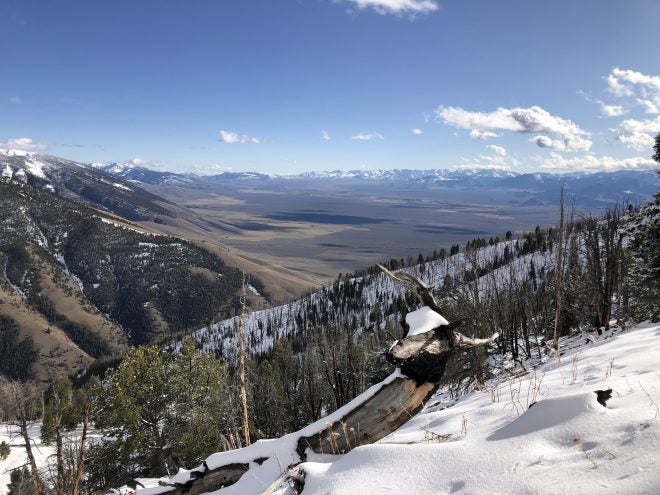
Welcome to our reoccurring series of “Home on the Range.” Here, we would like to share all of our experiences for those who may be homesteading, living off the land, hunting, farming, ranching, and truly investing in nature and the great outdoors. The ability to provide for yourself and your family can be tremendously rewarding and simultaneously difficult at times. So, in “Home on the Range” we want to share our different exploits so you can learn and hopefully we can receive your feedback along the way as well.
Tumblin’ Tumbleweeds
When it comes to farming, ranching, or living the outdoor life, one has to be prepared to deal with all weather conditions. Personally, I don’t mind rain, snow, sleet, or extreme cold. My two biggest weather annoyances are extreme heat (an 18-hour day at 114 degrees isn’t just “hard,” its potentially deadly) and wind.
Winds over 10 MPH can ruin your work or recreation plans for the day, and are generally an extreme nuisance when working in the dirt and dust. Forget irrigating as well. Unless it’s flood irrigation or a bubbler, your sprinklers and sprayers are just pissing in the wind. That being said, sometimes schedules and circumstances demand things get done. What follows are a few strategies I’ve used to battle back against the wind, and a few pieces of good gear that aid me in being able to tolerate it a bit better. High winds can be a major pain in the neck, but there are ways of dealing effectively with them, and continue to work, live and interact with our great outdoors.
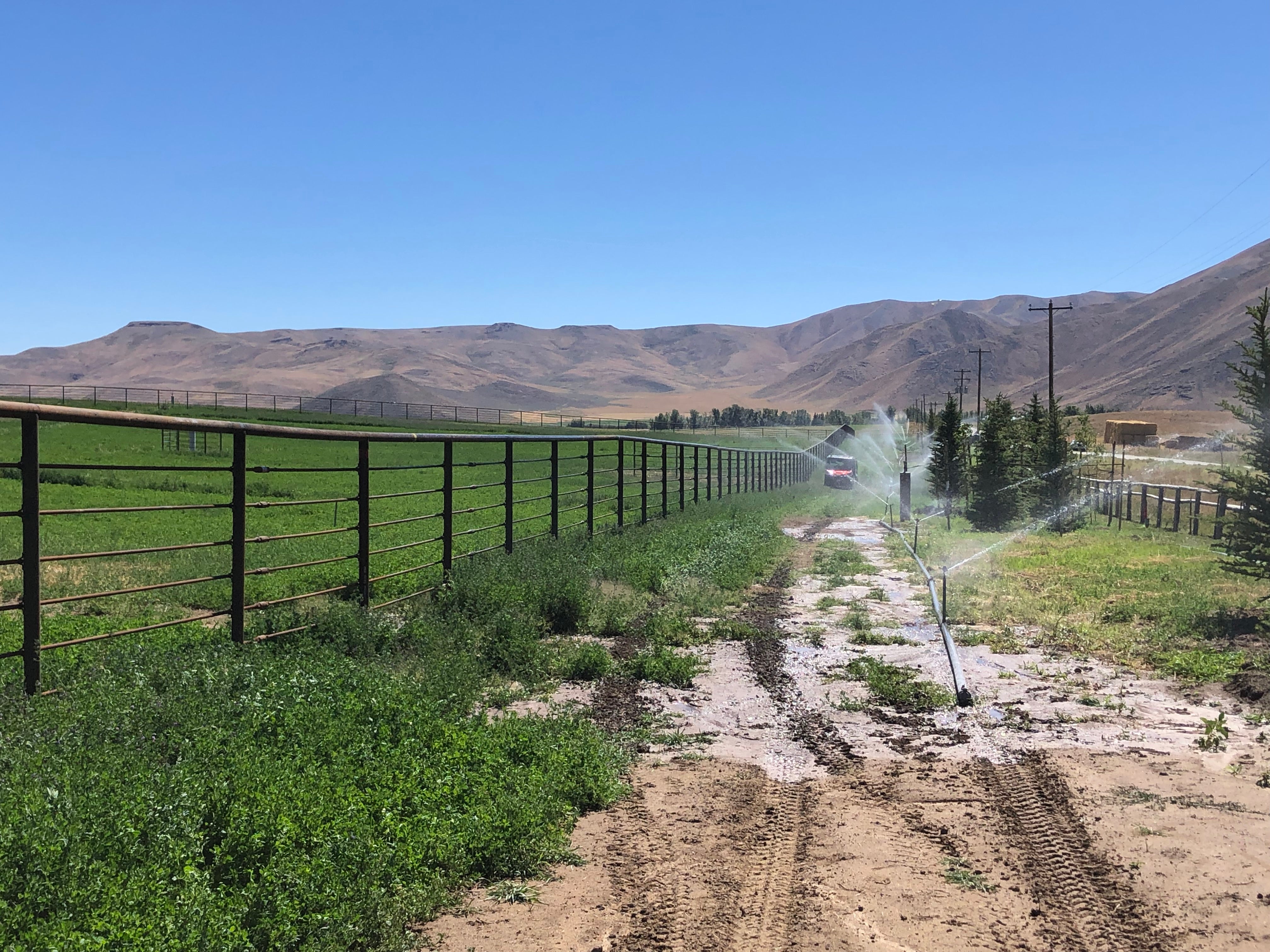
Working in the Wind
If one’s homestead is located in a corridor that is subject to high winds, there’s a few things one can do to make your workdays outdoors a bit better. If there’s a specific area you are often working, like your main gardening plot, try and build a layered windbreak to help retain your soil and your sanity. Large trees interspersed with thick undergrowth, coupled with vegetated berms, can make a huge difference in making your main work area more pleasant.
Though expensive, there are also geodesic greenhouses that can withstand high winds as well. If planting trees or building berms won’t work in your circumstance, windbreak fencing is another option. Both lightweight polyethylene and steel windbreak fencing can be had, and can make a huge difference in creating shelter for produce and/or livestock.
Speaking of livestock, take care to create areas that have a windbreak for your stock if the topography on your farm/ranch does not already do so. Considering the effect of windchill on stock, as well as the stress that high winds can induce on some stock, its a worthwhile investment.
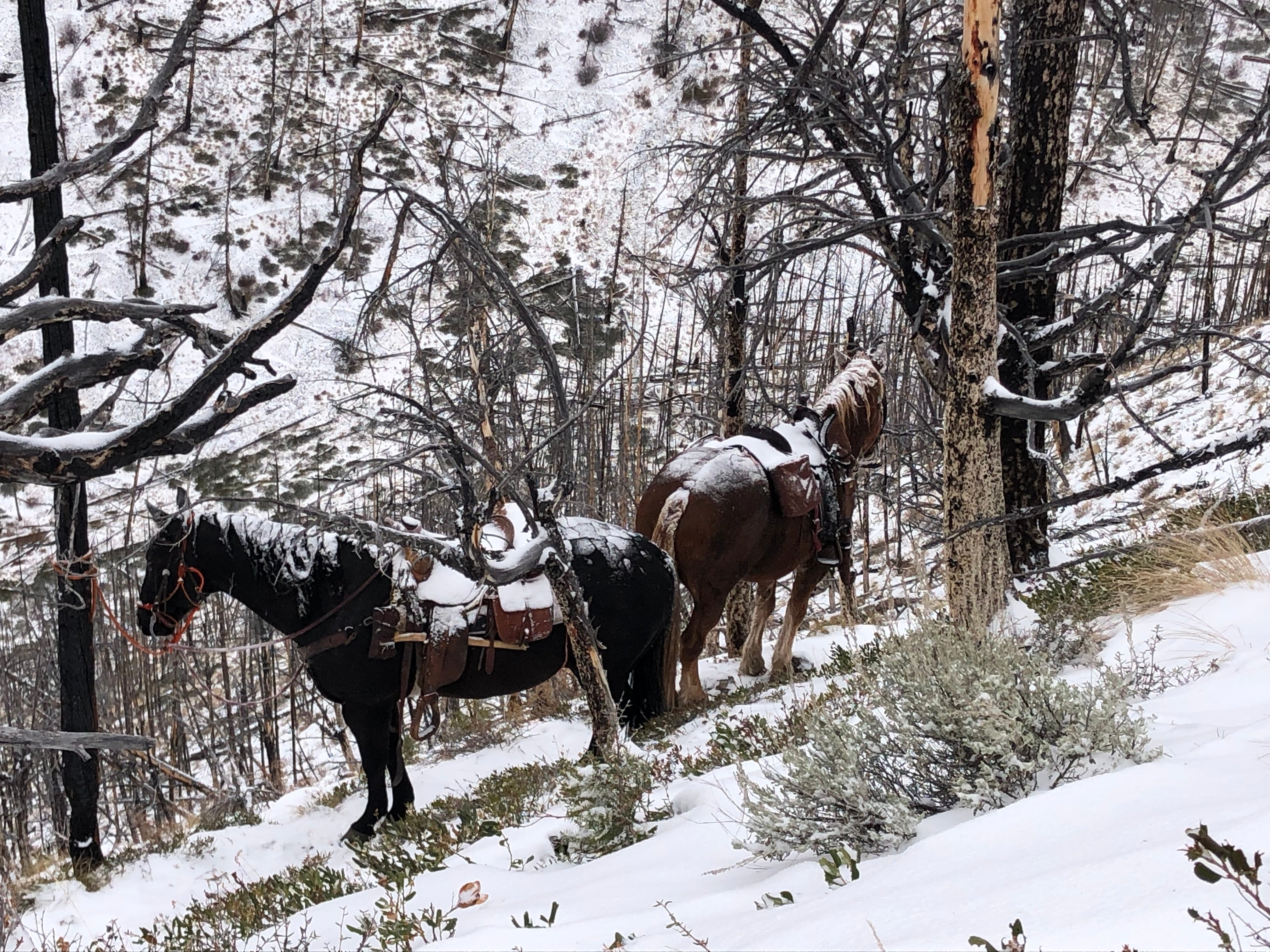
One would also do well to be flexible when a windy day either is in the forecast or suddenly arises. Water wastage from pivots, sprinklers, and sprays can be quite pronounced in high winds. You may just be misting your neighbor’s farm instead of yours, if you’re not careful. One can also lose a lot of seed and/or soil applicants. If you can leave such tasks for another day or time when the wind isn’t ripping so fast, it makes financial and temporal sense in the end to reschedule, and do something else more productive with your time.
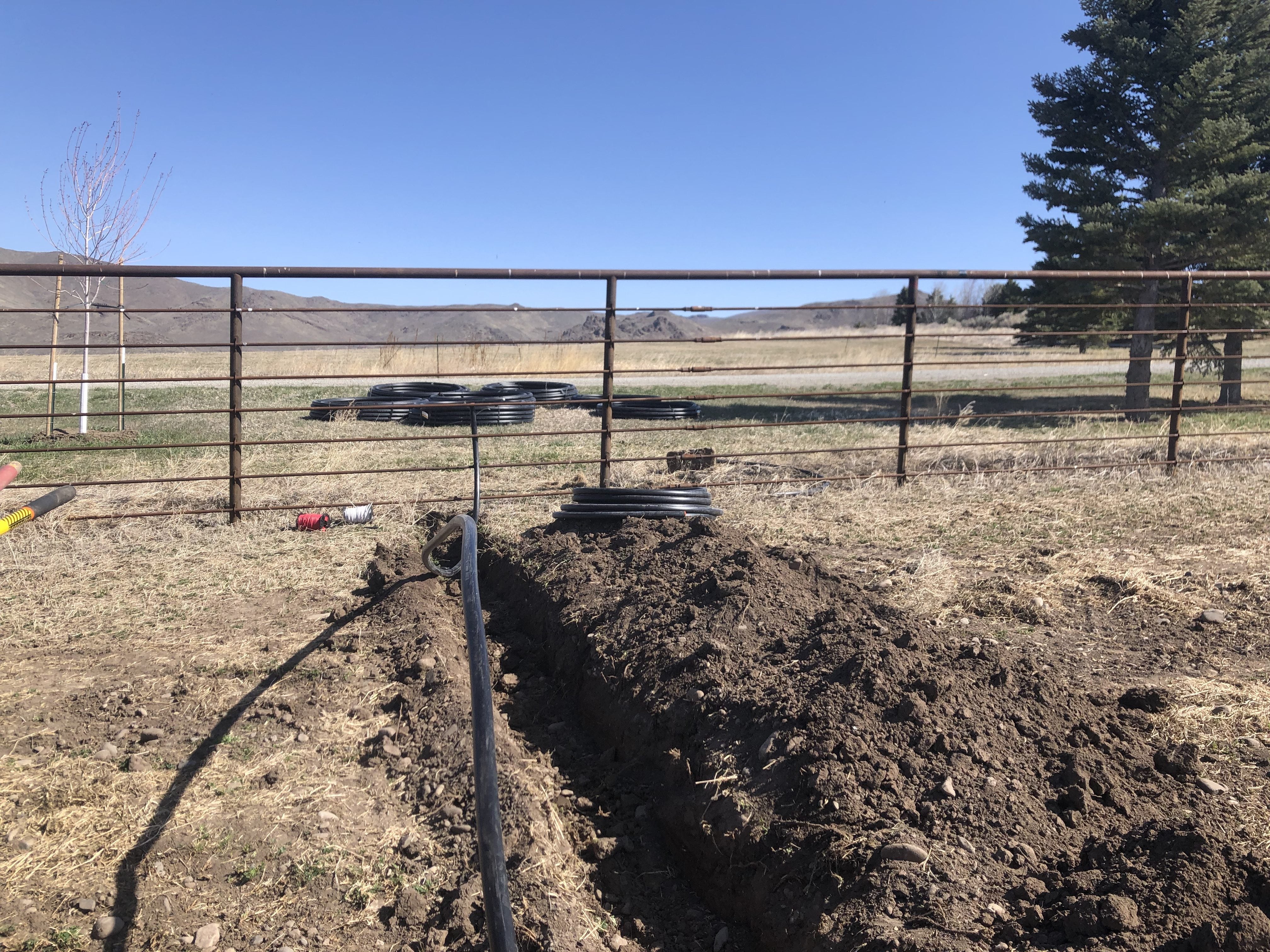
Dress for Success
Being that the areas where I work and hunt are always subject to un-forecast extreme winds and microbursts, I usually carry in my pack or truck a few key items that help me deal with winds, should they arise. An ultralight rain jacket always helps to cut the bite of wind as well. KUIU, Sitka, Arc’teryx, all make excellent lightweight rain gear that stows small and light, and blocks the wind should it arise. For wind protection below the belt in the winter and colder seasons, I prefer to have a lightweight pair of long-johns on hand, or alternatively, lightweight rain pants.
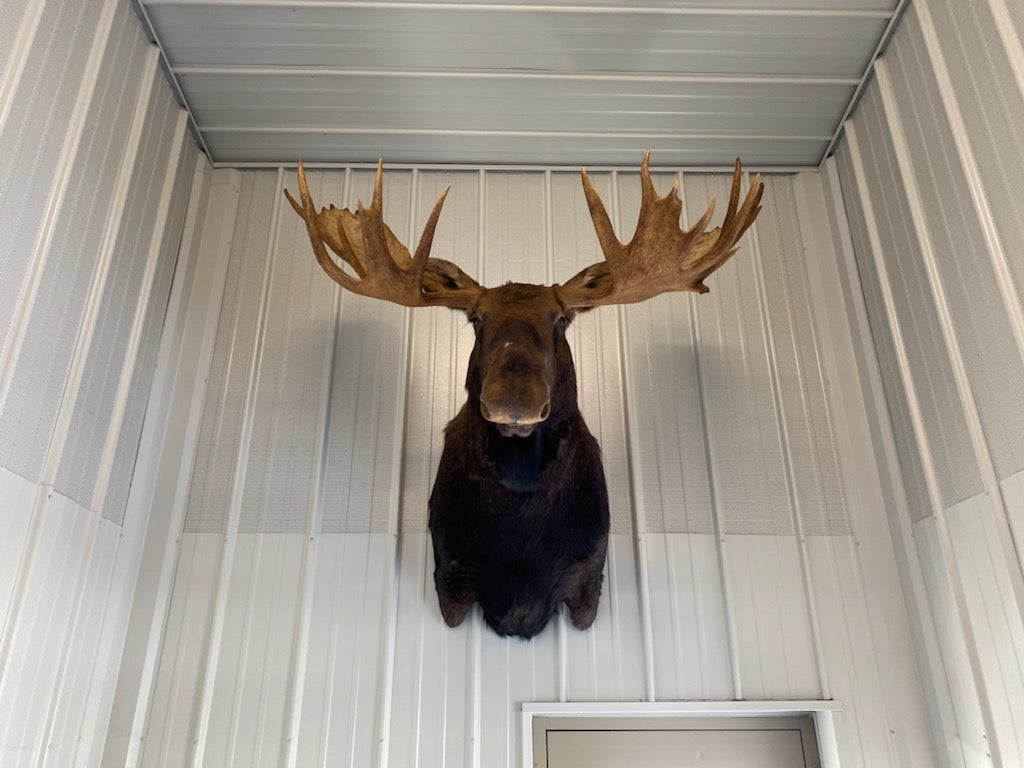
Keeping dirt, dust, grit, and leaves out of your eyes, ears, nose, and mouth are also key in high winds. I keep my old pair of ski goggles with interchangeable clear and tinted/polarized lenses handy for such conditions, as well as a lightweight buff. Those two additions, snug under my hat, keep me from being obliterated by dust.
This season, I’ve done trenching work in 45mph winds without being reduced to a blind, coughing, sneezing mess due to taking such precautions. Carrying goggles in my pack has also helped me on long, windy days hunting high up in the mountains. One doesn’t want watery, wind fatigued eyes when you’re trying to glass or getting on the scope to take your shot. Covering up also protects one against windburn, if you work in cold and dry conditions like myself. A pair of gloves appropriate for the temperature is the final piece to this puzzle.